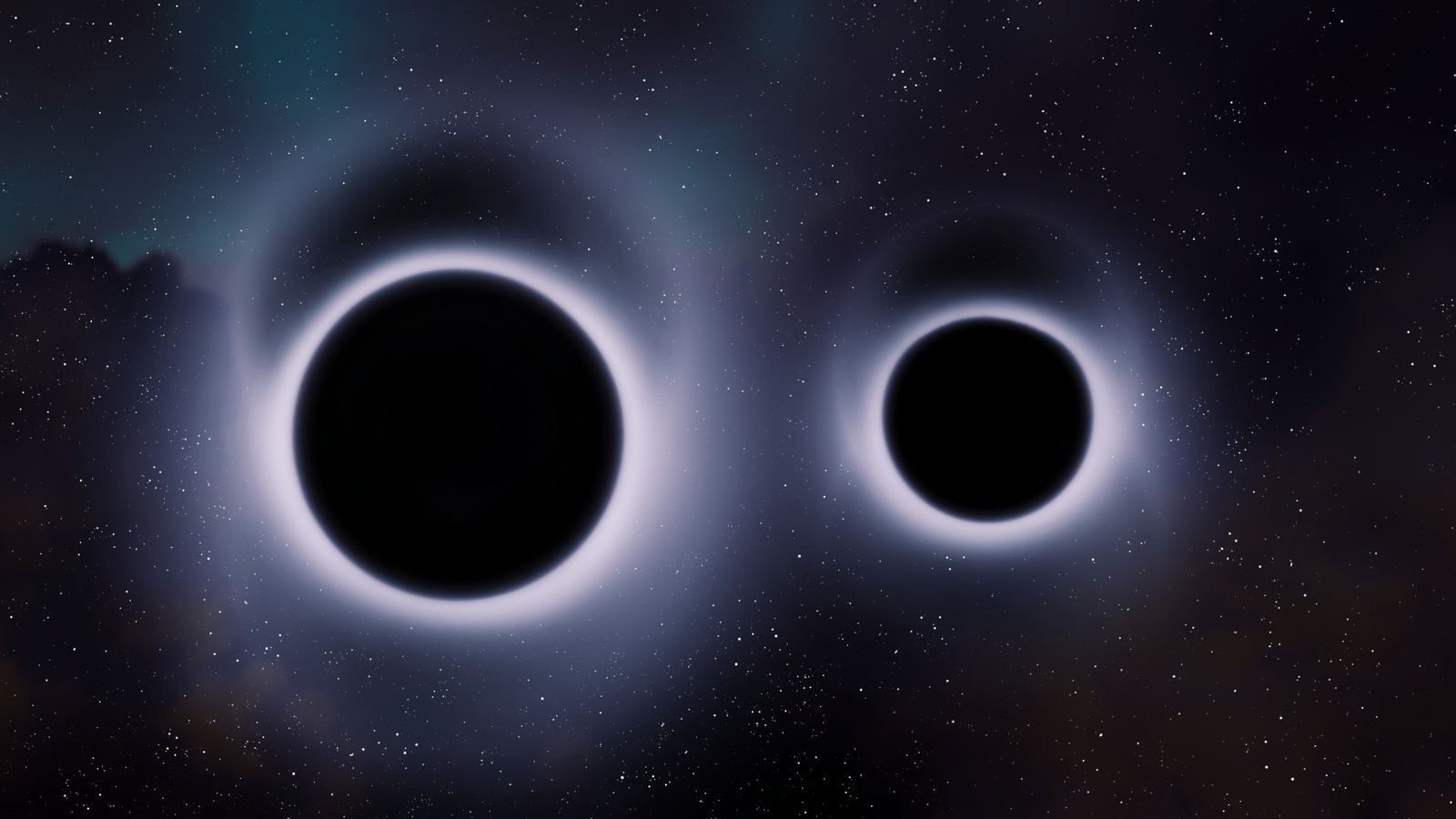Shocking AI Generated Evidence of Supermassive Black Holes Discovered!

Imagine a tiny blob of red light from the dawn of time sparking revelations about the universe's most mysterious giants! A groundbreaking study led by astrophysicist Ignas Juodžbalis at Cambridge University brings us one step closer to understanding supermassive black holes and their origins in the cosmos.
This research focuses on one of the enigmatic 'Little Red Dots' (LRDs) identified by the James Webb Space Telescope (JWST), which dates back to just 600 million years post-Big Bang. The object, dubbed QSO1, is proposed to be a colossal black hole, boasting a mass around 50 million times that of our Sun. If verified, this discovery could be the first direct evidence for the elusive primordial black holes that potentially formed in the universe's infancy.
The JWST has already transformed astrophysics by providing insights into the early universe that challenge our understanding. The LRDs, as these tiny red dots are known, represent a critical phase during the Epoch of Reionization—a billion-year stretch when light from the nascent stars and galaxies cleared the fog that obscured the universe's beginnings.
Despite the vast distance that shrouds this period in mystery, scientists have made significant progress in theorizing how the universe's earliest structures emerged from darkness. However, finding observational evidence has been like searching for a needle in a cosmic haystack. Light from these distant objects appears redshifted, stretching it into longer wavelengths. Thankfully, JWST's advanced capabilities allow it to detect this redshifted light, posing it as humanity's best chance to explore the universe's origins.
The telescope has already uncovered hundreds of LRDs, yet their exact identities remain elusive. Some scientists speculate they are early black holes, while others propose they could be star clusters. To narrow down the possibilities, Juodžbalis and his team chose QSO1 for closer observation, leveraging a phenomenon known as gravitational lensing. A massive galaxy cluster between Earth and QSO1 magnifies its light, enabling researchers to study it with remarkable clarity.
By meticulously analyzing this magnified light, the team calculated QSO1's rotation curve—a crucial measurement that indicates the mass of the black hole at the center of a galaxy. Their findings suggest that QSO1 is not just a star cluster, as the data aligns perfectly with the properties of a galaxy orbiting a 50-million-solar-mass black hole. However, the surrounding galaxy is surprisingly small for such a massive black hole, leading to the hypothesis that perhaps the black holes came first, with galaxies forming around them.
Juodžbalis and his colleagues propose two potential pathways for the formation of QSO1: direct collapse black holes, which arise from the collapse of massive primordial clouds, or primordial black holes formed within the universe's first seconds. Nevertheless, both scenarios require further investigation. For instance, direct collapse black holes would produce ultraviolet light that hasn't been observed in QSO1, while primordial black holes are typically much less massive than 50 million suns.
Ultimately, the researchers suggest that QSO1 might be the result of rapid growth via accretion and collisions, possibly marking the first direct evidence of primordial black holes. As their findings await peer review, the implications are profound, hinting at a deeper understanding of the universe's beginnings. The journey to uncover the truth about these LRDs is just beginning, and as we delve deeper, who knows what astonishing secrets the birth of the universe might yet reveal!



















